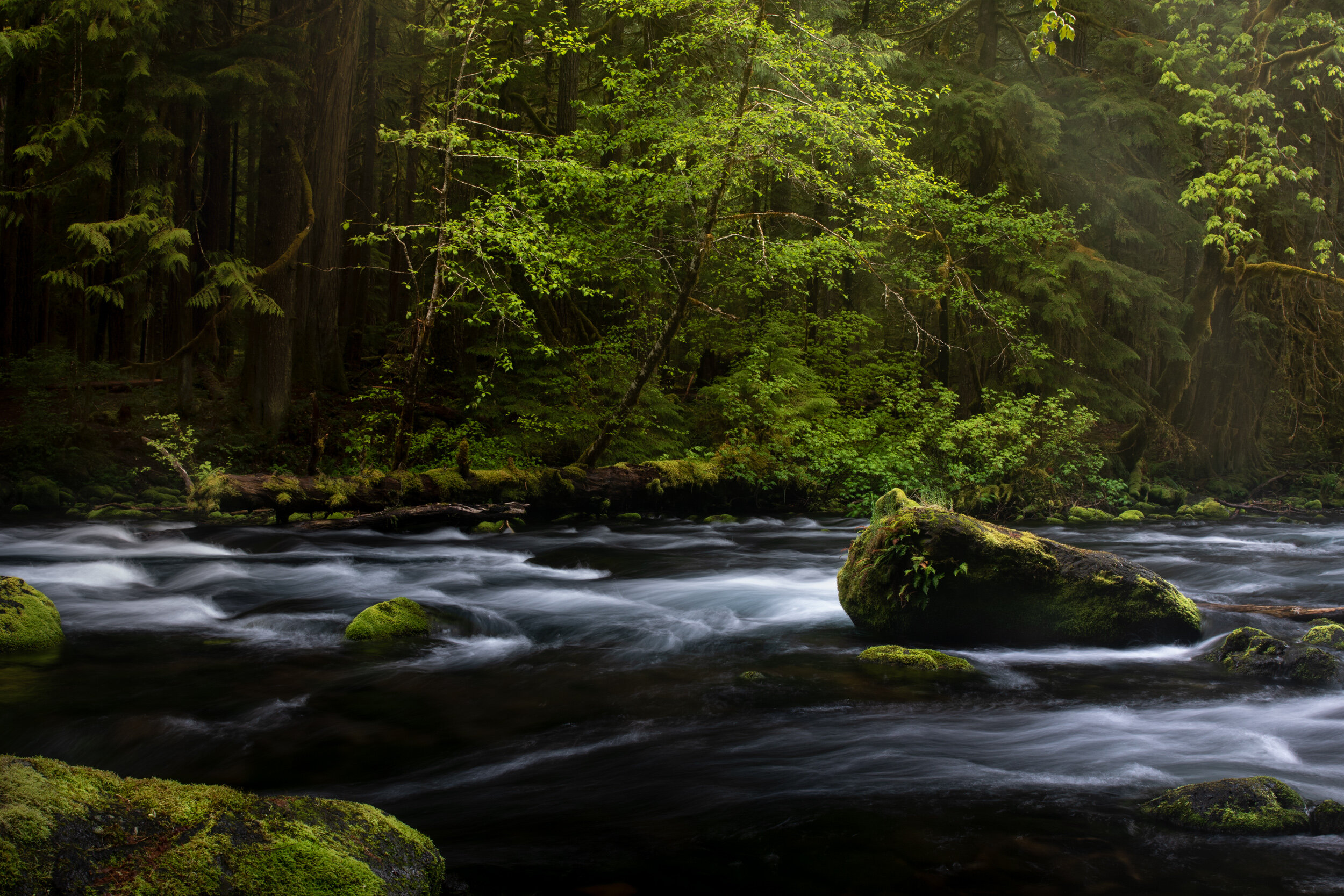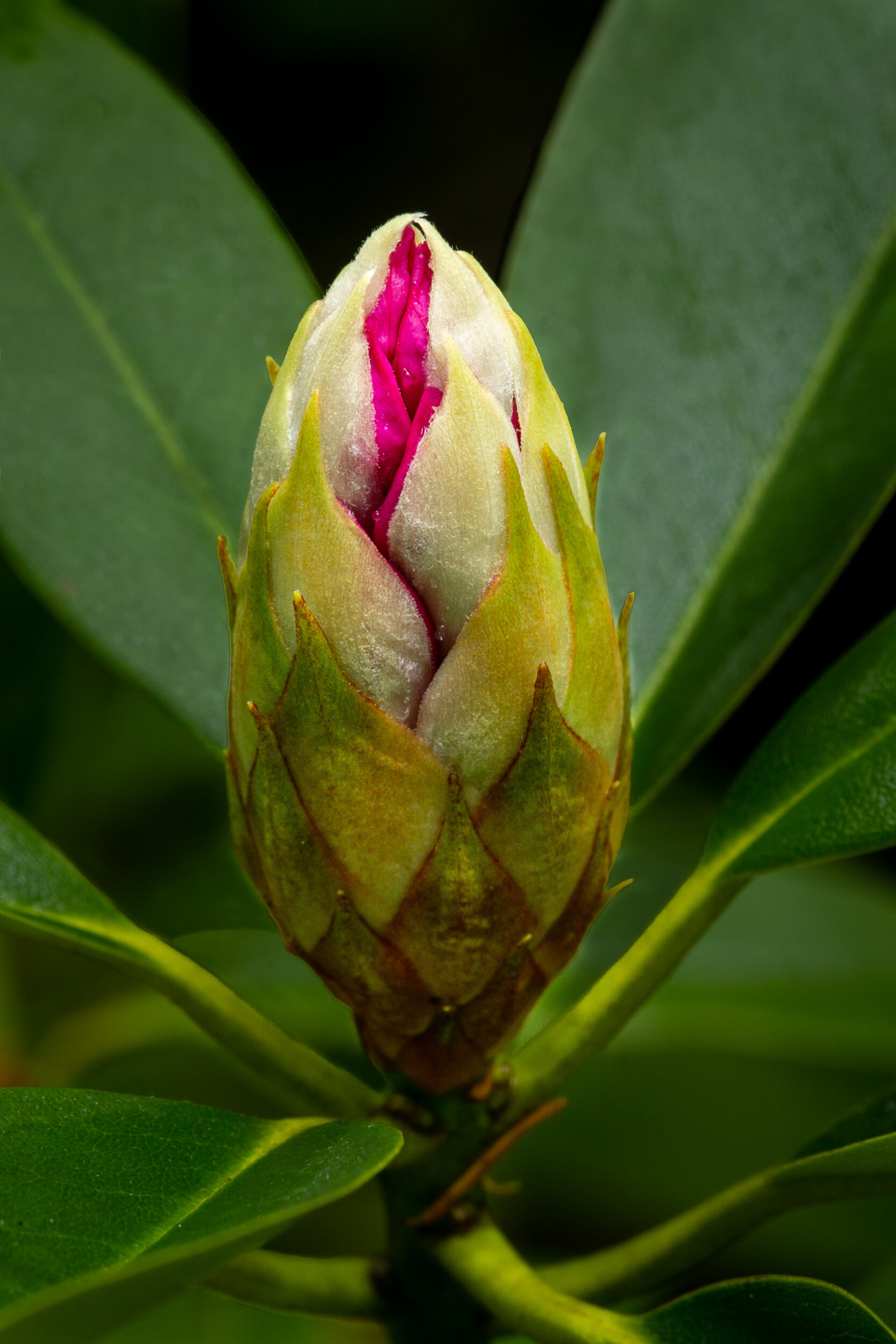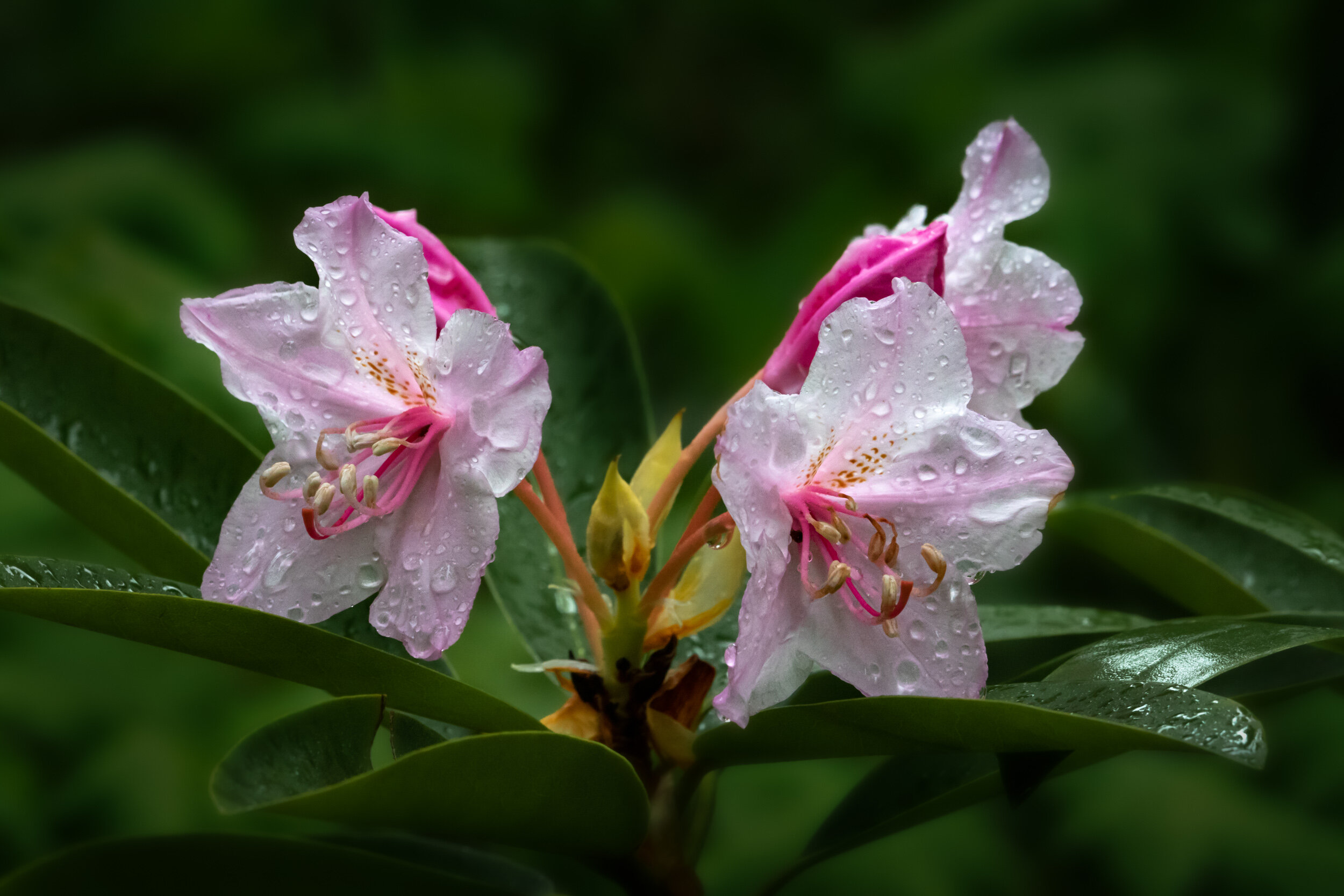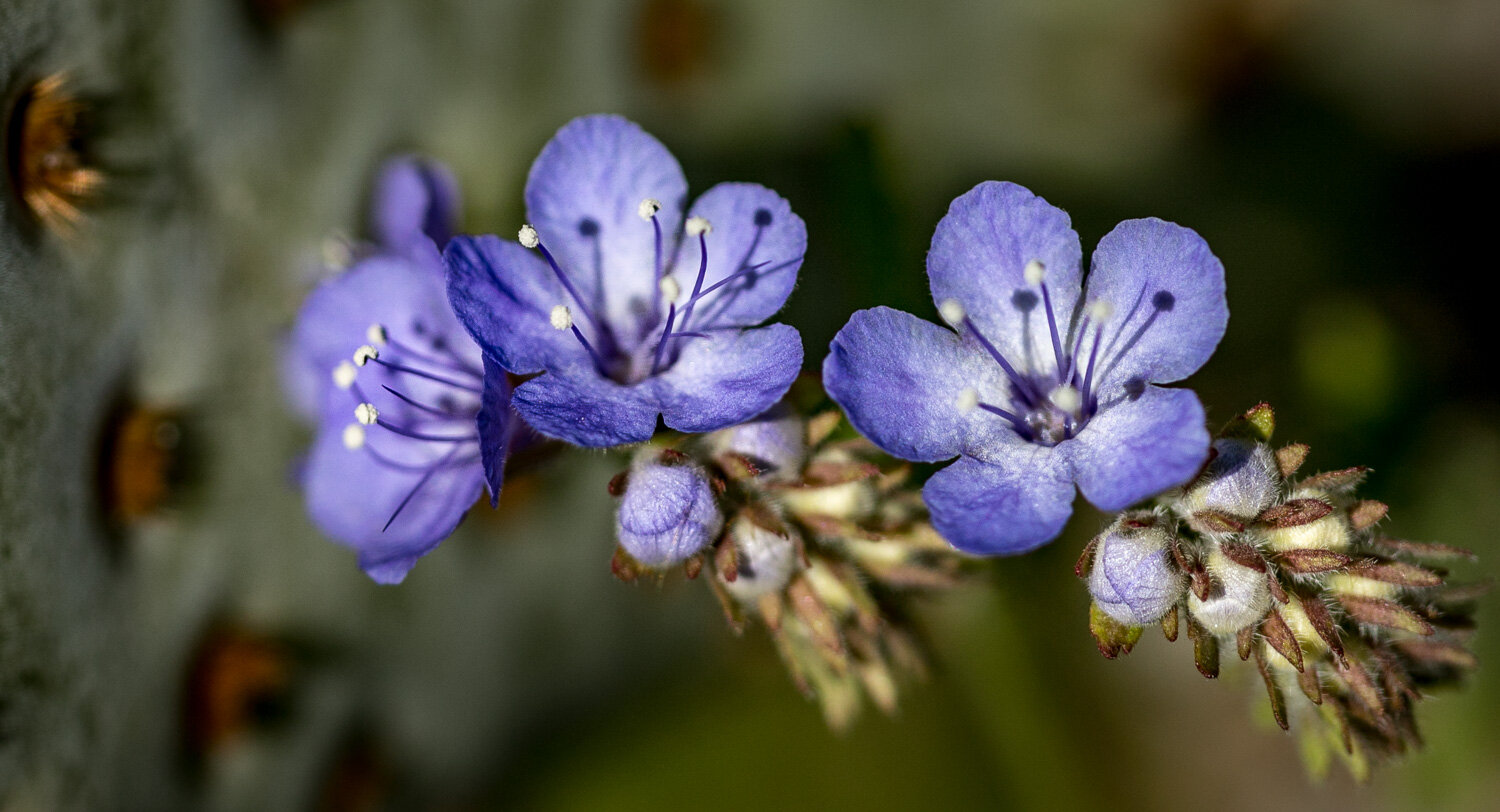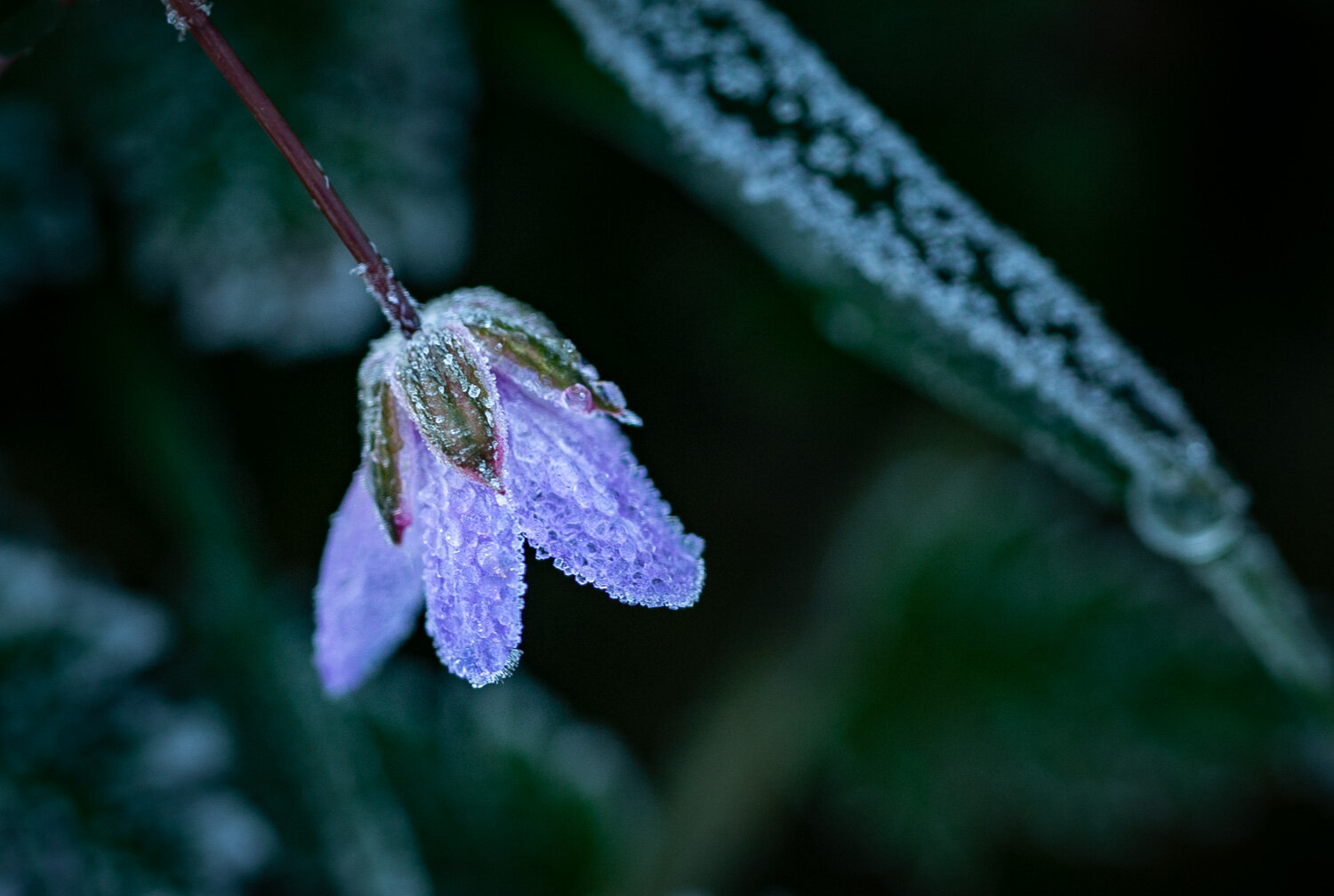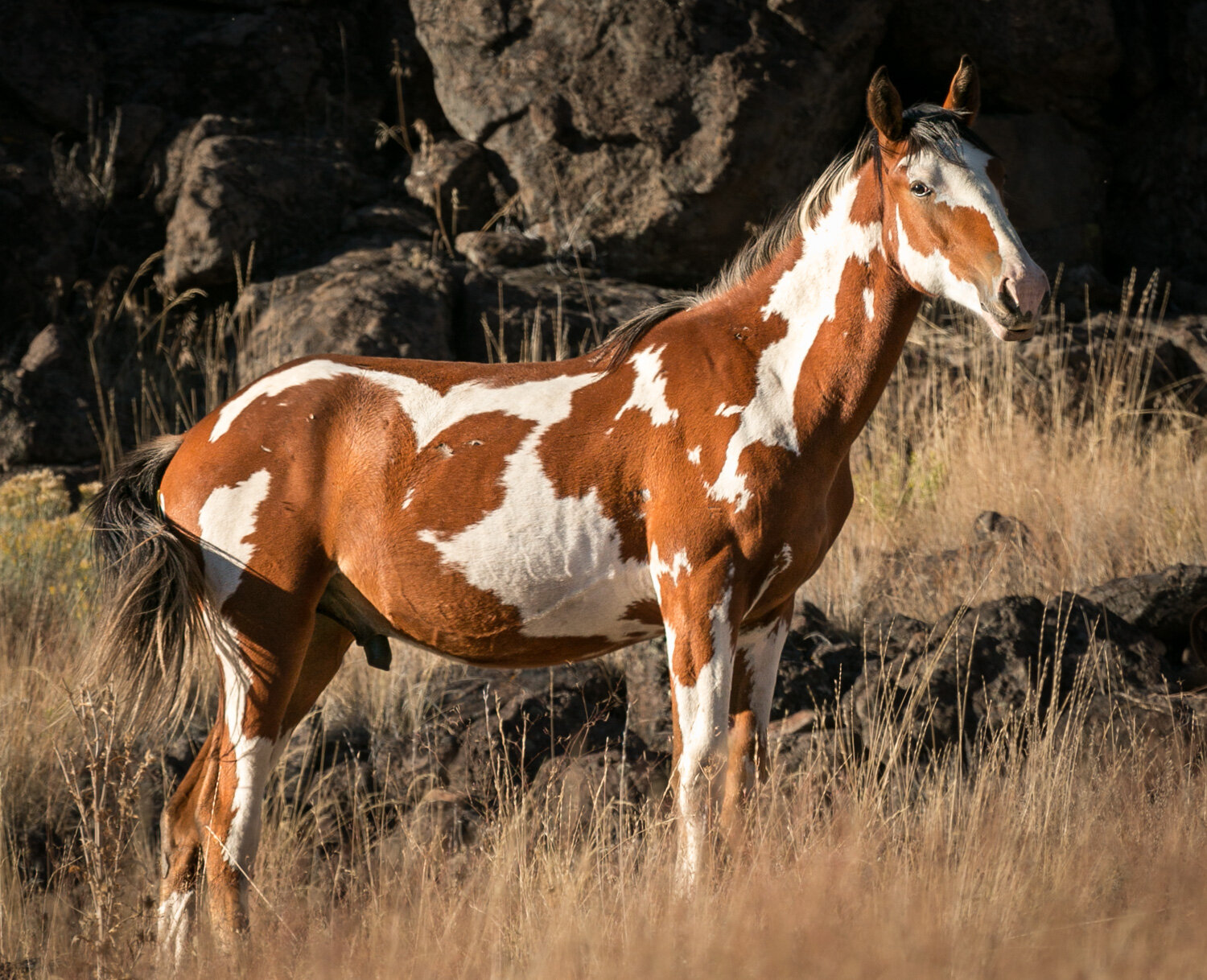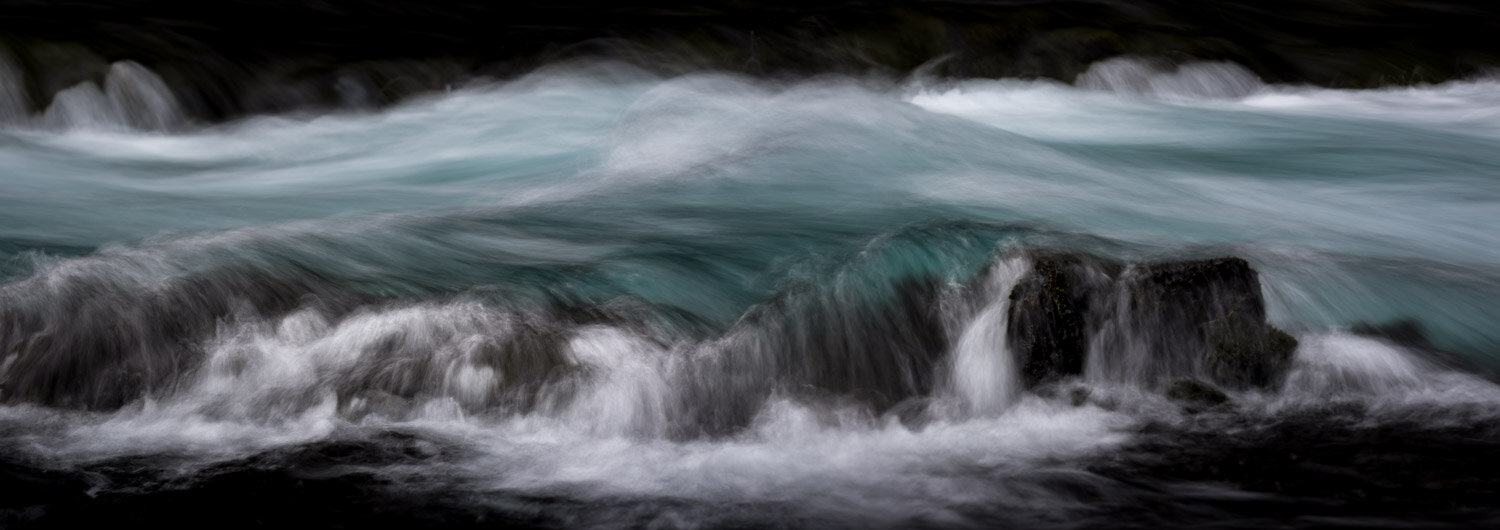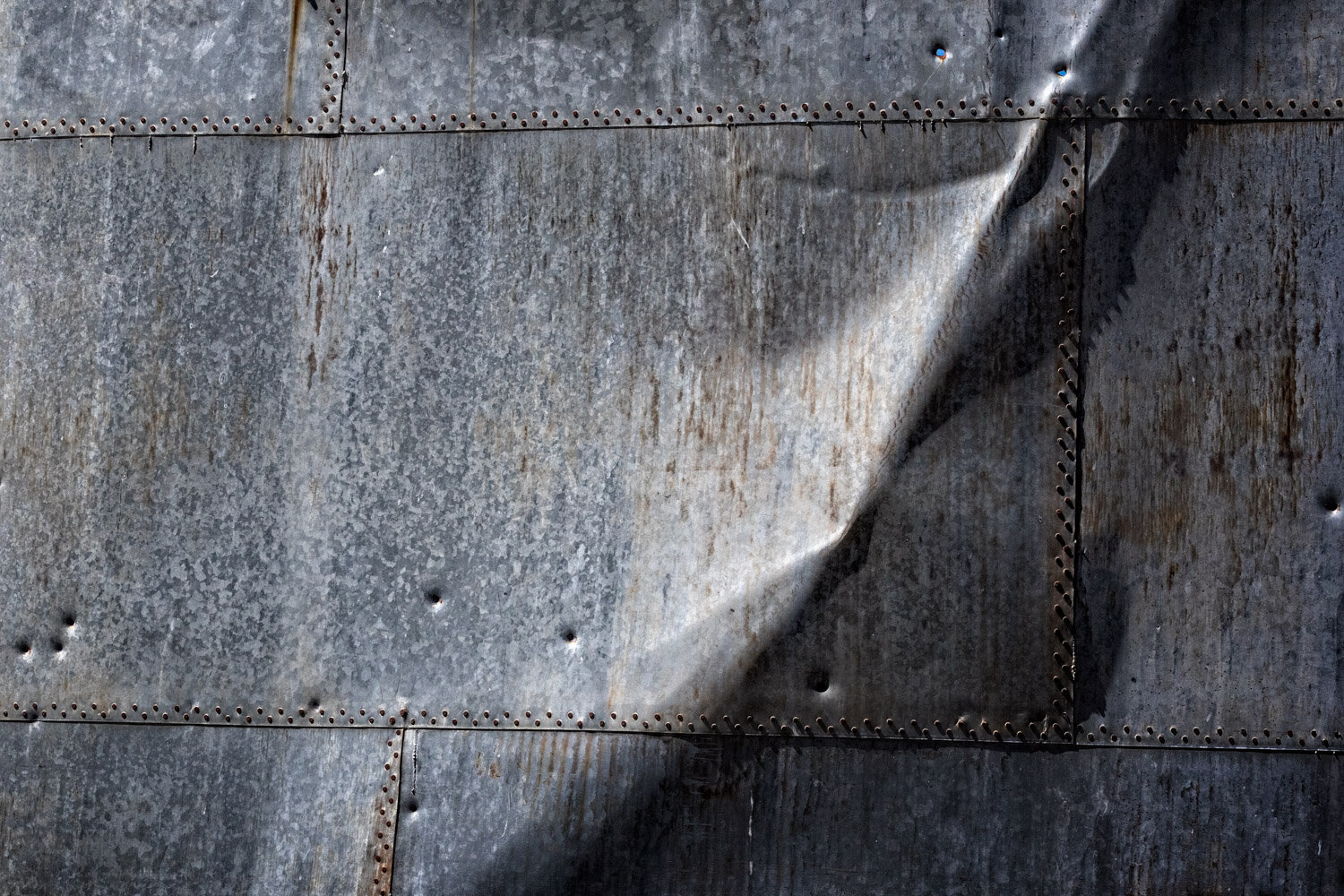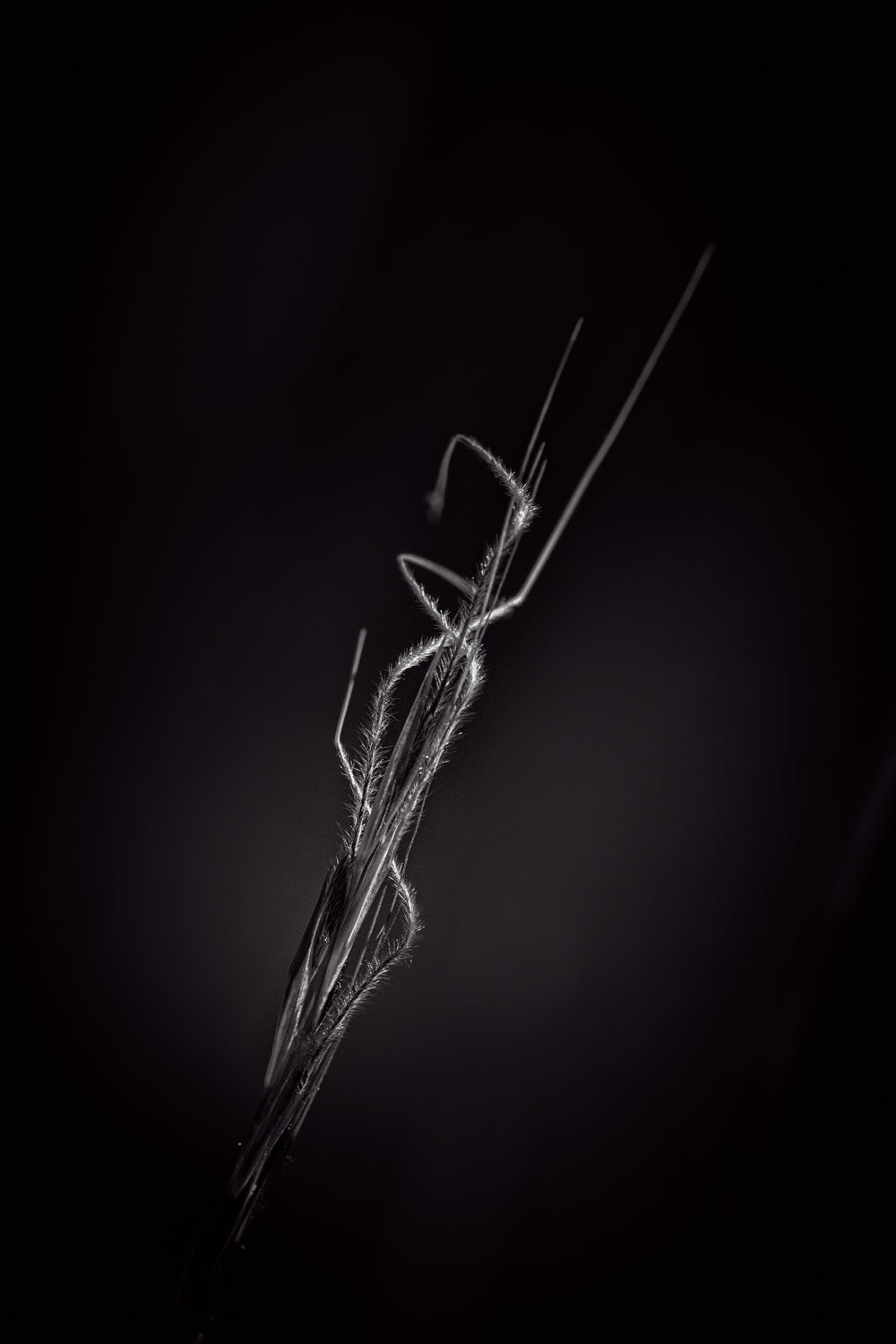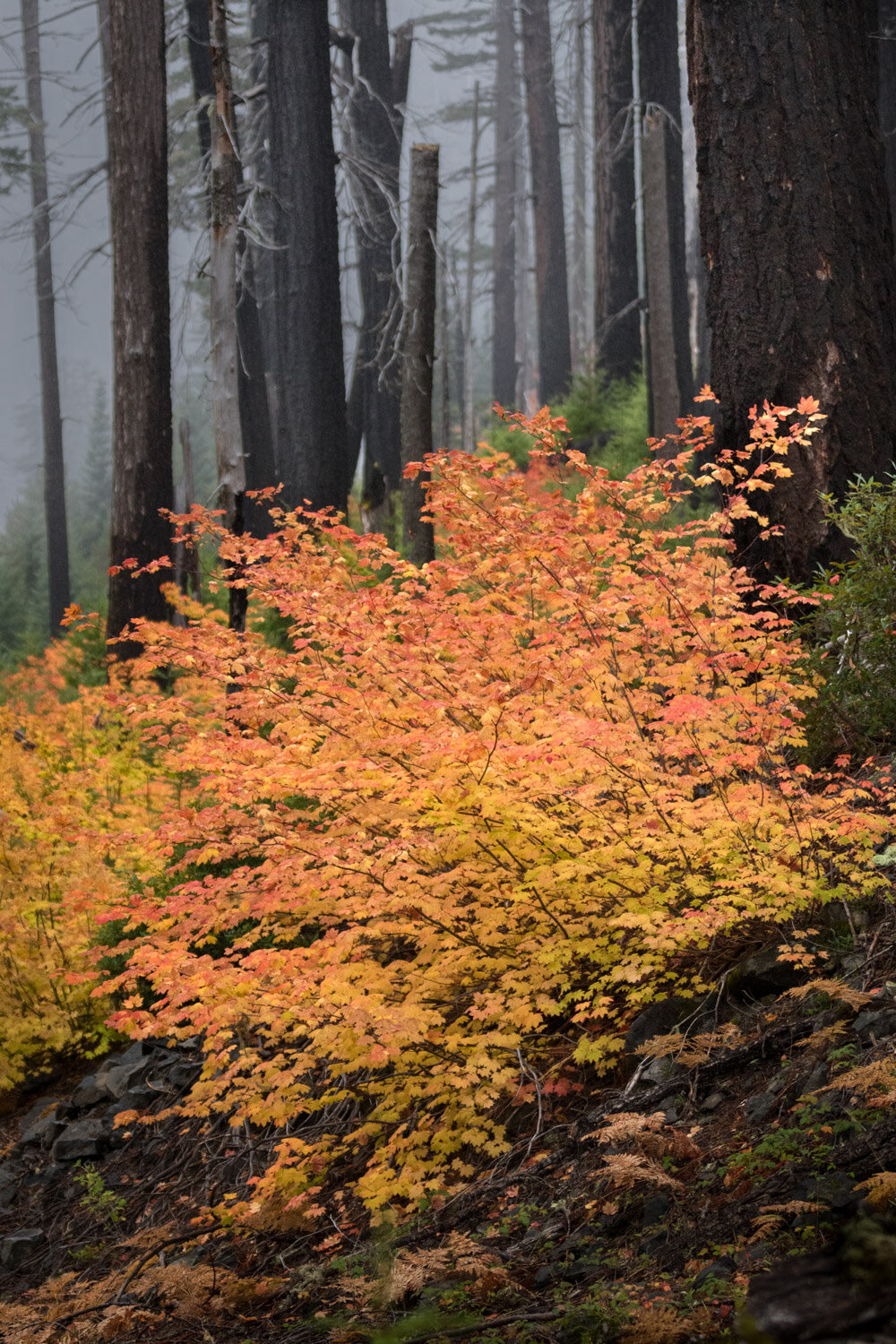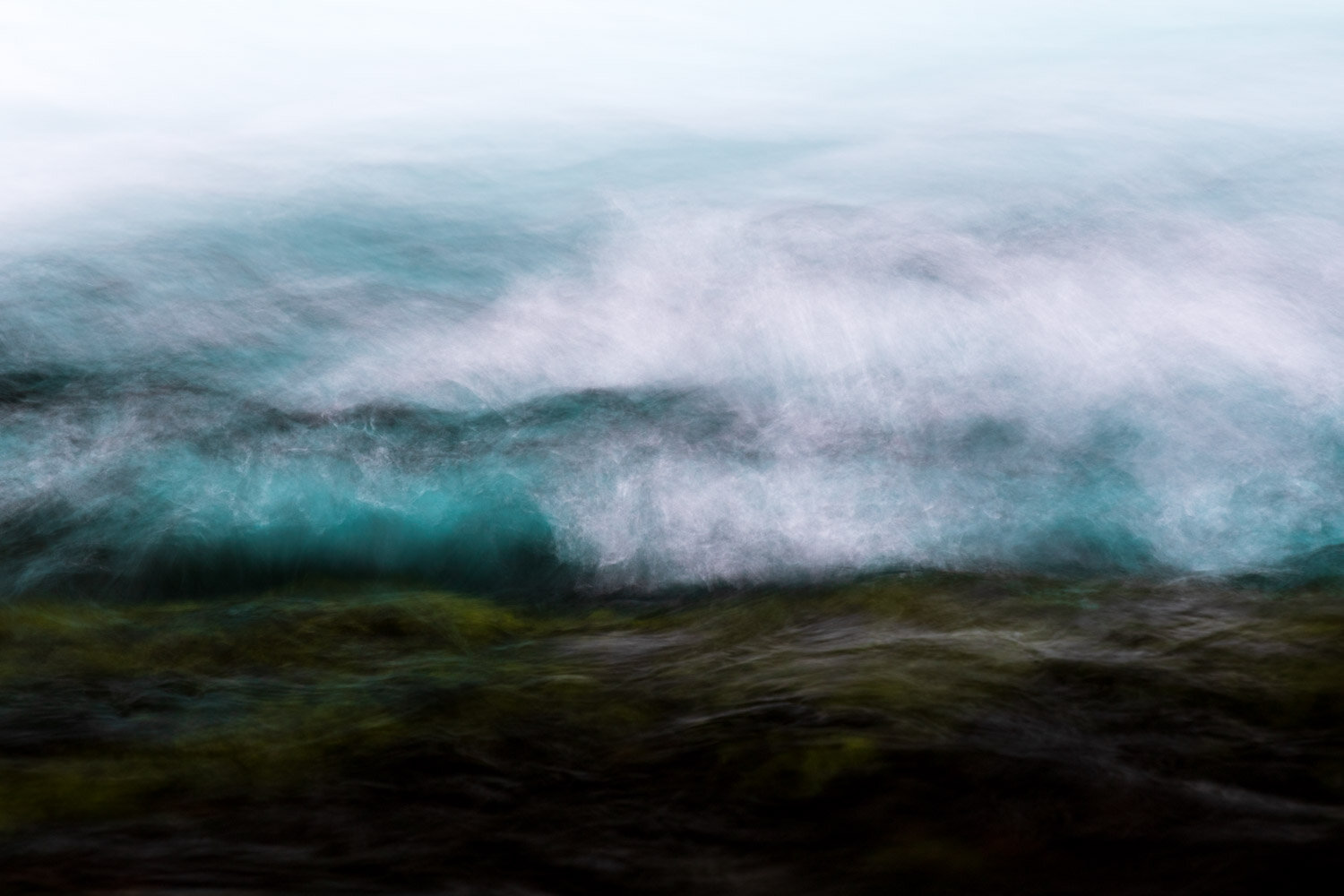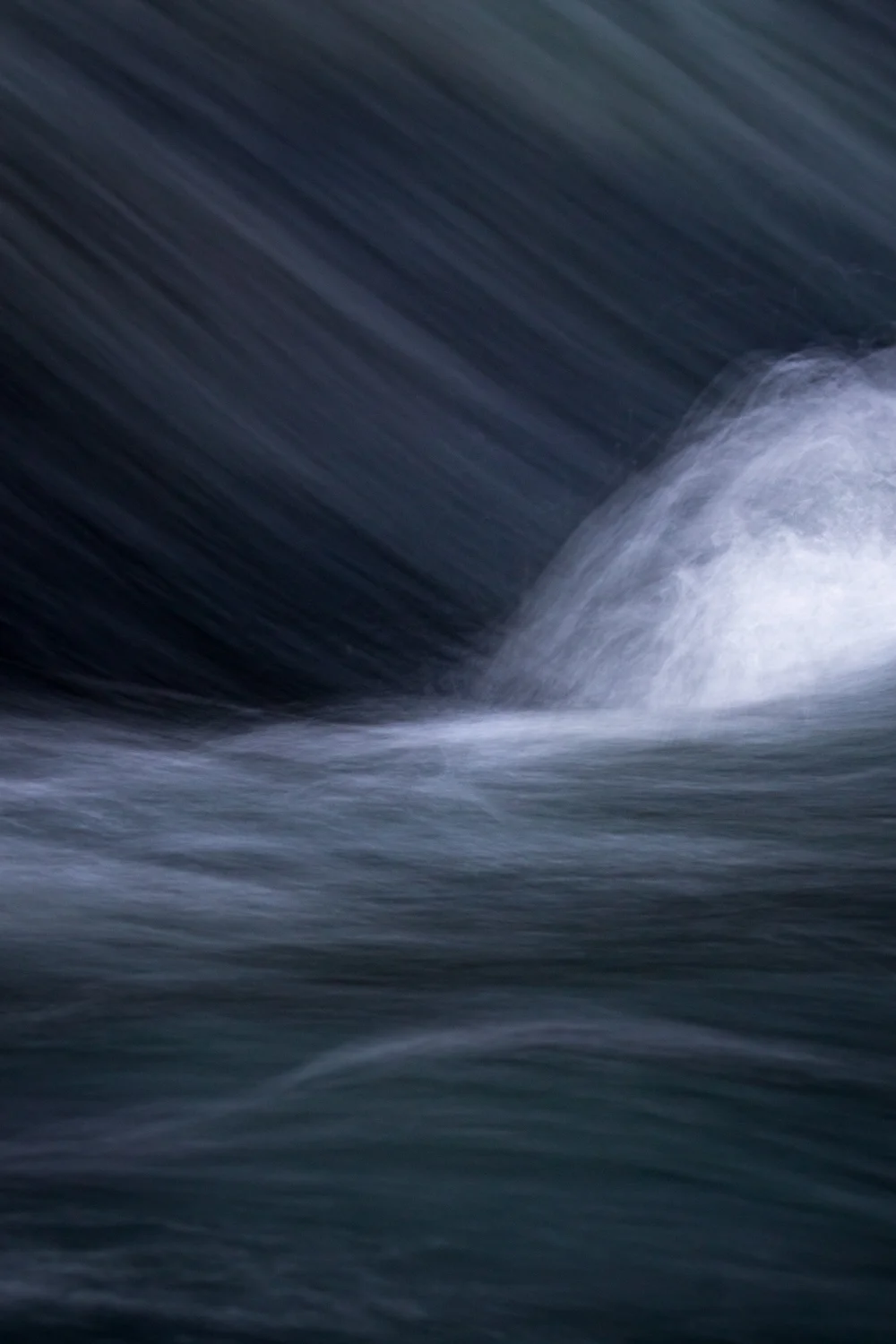North bank near the eastern end of the Columbia Gorge
In November 1805 the Lewis and Clark expedition passed through the Columbia Gorge for the first time. The Gorge was much different then. With no dams, the Columbia River was a wild river with dangerous rapids and rocky shoals. Now the river is a series of impoundments, bracketed by high speed transport. But the walls of the Gorge are still mostly wild. The many waterfalls and streams, indeed the source of the name of the mountain range, still tumble down the steep slopes toward the Columbia. We visited the Gorge 215 years to the month after Lewis and Clark. And it wasn’t our first trip to the big gorge through the Cascades. For this trip we “enjoyed” stereotypical Oregon November weather: cloudy with rain. And though we wore goretex rather than buckskins, we were moved by the landscape in a way we think Lewis and Clark may have been. Large trees, falling water, the threat of the onset of winter and shortening daylight haven’t changed in 215 years. Although the accommodations and variety of food have gotten somewhat better. We hope we can share with you some of what we saw and felt as we travelled the Gorge.
Fall at Bridge of the Gods in Cascade Locks.
Cas cade (ka’ skad)
1. a small waterfall, typically one of several that fall in stages down a steep rocky slope
2. a process whereby something, typically information or knowledge, is successively passed on
We think the small streams do pass on information: they carry traces of the lands above to the great river below. Has there been a fire? The streams carry woody debris. Is fall coming? The cascade of water cascades leaves downstream.
wa ter fall (woder fol)
a cascade of water falling from a height, formed when a river or stream flows over a precipice or steep incline.
Readers of this journal will know that we are fascinated by details. In the Gorge during fall, leaves are obvious details but not the only ones.
Although we love details, sometimes you just have to enjoy the big picture.
We hope you have enjoyed this little sojourn. You can click on any of the images for a popup/lightbox version.

























